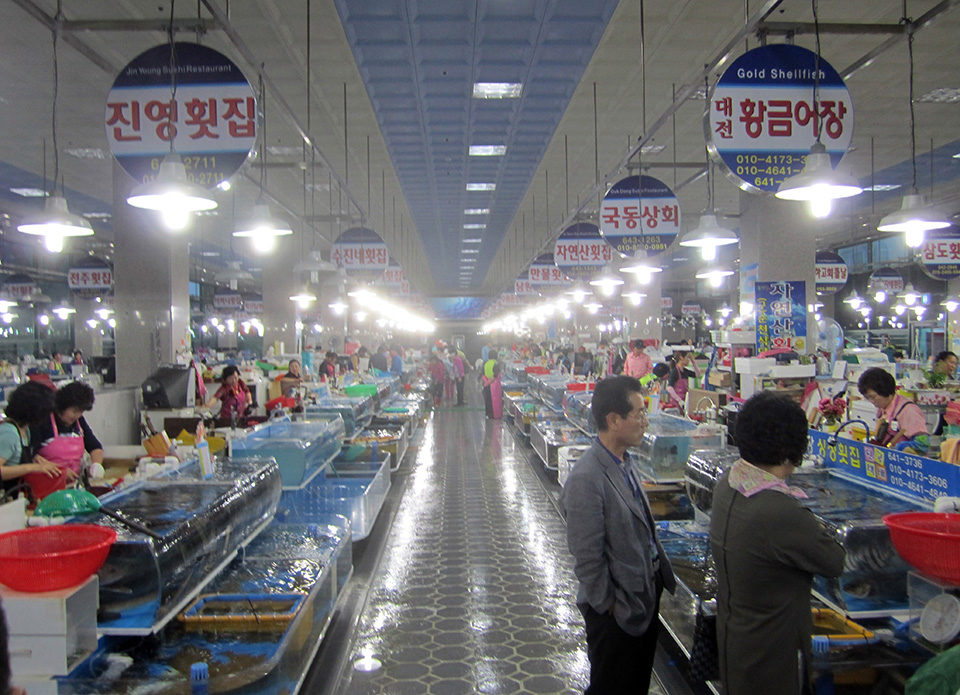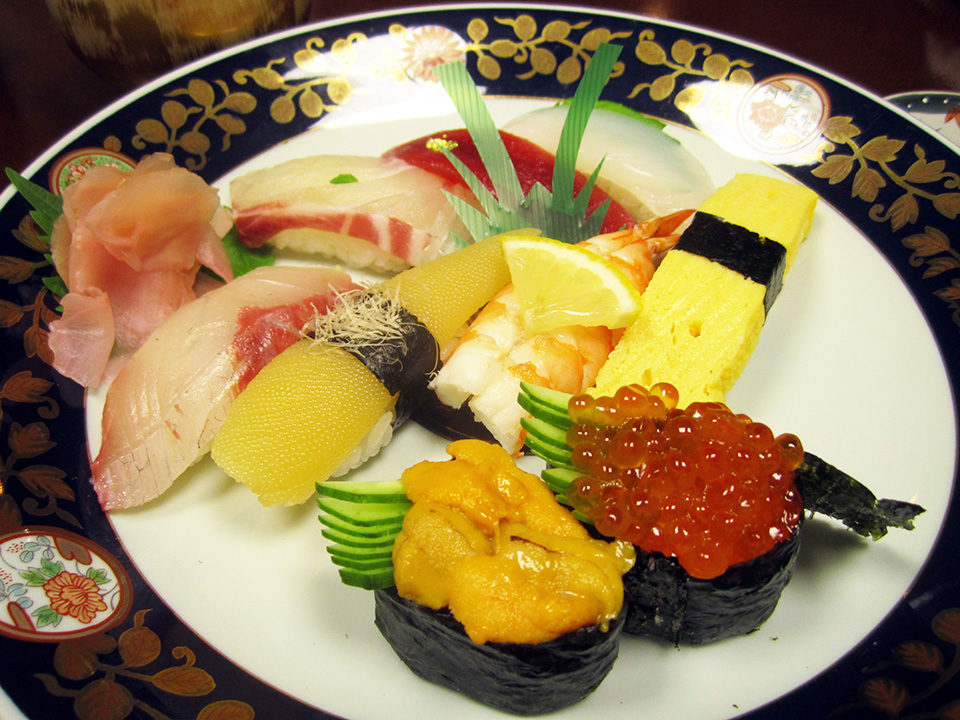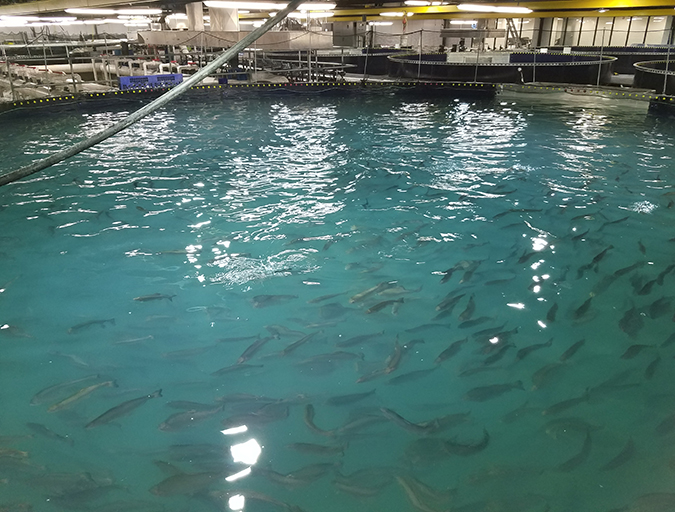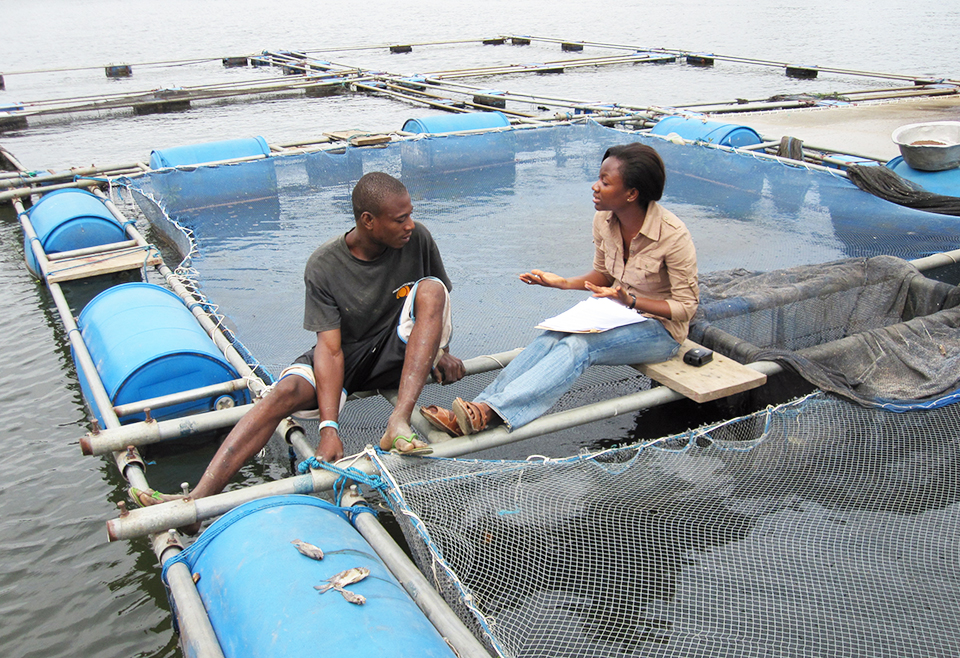Promotion must be based on what no other protein has – the health connections

Back in 2006, the Harvard School of Public Health made a big, bold statement that seafood is the single most important food one can consume for good health, adding that regular consumption may help to increase intelligence and reduce the risks for various diseases and disorders.
So why aren’t seafood sales going through the roof? What is stopping consumers from increasing consumption?
Economic concerns
Seafood is perceived to be expensive. Surveys show that people on higher incomes are more likely to buy seafood than those on lower incomes, and any survey the authors have seen puts price as a top-three barrier to increased consumption.
The seafood industry should be addressing this issue in a number of ways. In Western society, we tend to “eat with our eyes,” and retail shops generally cut fish too large, thus ensuring selling more to consumers than they actually need. A portion of about 150 g reflects a generally accepted serving of seafood, but rarely do we serve that size. We could learn much from Japan (sushi and sashimi) and Spain (tapas) when it comes to serving seafood.
If we could educate people and the industry about this, we could increase consumption, cut down on waste and make eating seafood more affordable. Additionally, for those on a modest budget, we need to promote what species to choose and highlight their value proposition to eliminate this sensitivity.
Personal issues
A report a few years ago suggested that consumers rated seafood the scariest thing in their refrigerators!
People say they know about the potential health benefits from seafood consumption, but in many cases, the benefits are badly known. This knowledge is often counterbalanced by information on potential risks due to exposure to chemical pollutants, parasites or other microbiological hazards derived from seafood consumption.
Safety perceptions are one of the psychological factors that influence the attitudes and behavior of consumers with respect to food products. Risk perceptions can result in reduced risk behaviors such as information seeking and, commonly, the avoidance of consumption. However, some consumers in developed countries may prefer and even be willing to pay higher prices for foods with quality assurances and reduced risk claims, especially during periods of safety concerns.
Safety concerns are not homogeneous across consumers. Women appear to be more concerned than men, and elderly people are more concerned than young consumers. Consumer risk perception of food safety is determined not only by the hazard but also by the social and psychological characteristics of the risk. Tolerance of risk is positively correlated with expected benefits, so the bigger the benefit, the greater the willingness to take risks.
Consumer perceptions on food risks arise from social interaction and are strongly dependent upon the level of trust in the public and private institutions involved. Individuals differ in their exposure to media, cognitive skills to process risk information, and personal and social experiences with products – all of which can affect the perception of risk. Attributes like taste may dominate the decision to consume a product, while aspects like cost or safety may be more important in deciding how much to consume.

Safety assurances
Safety assurances were proposed in the mid-1990s as a tool to counterbalance a descending trend in seafood demand in the United States due to a perceived health risk associated with consumption. Alternative types of safety assurances were presented to an experimental group of flounder purchasers in the state of Rhode Island. Results from this experiment showed that consumers were able to discern among safety assurances, setting a hierarchical order among them.
Specific product information regarding catch place, date and storage conditions was most important to the respondents. Following this kind of information were the government inspection, money-back guarantees and private inspection. Further, in research on preferences for fresh salmon, products indicating an inspection from a federal agency were preferred over those without any kind of inspection.
Of course, on top of all this are factors such as dietary requirements and allergies (perceived or otherwise), and a lack of cohesion among the seafood industry, dietitians and nutritionists in really selling the importance of seafood in our diets.
Preferences
Taste preferences simply cannot be taken for granted. Generally, once people decide they like a particular fish, they are more inclined to regularly demand it.
Consumers at fish counters typically ask if fish have bones, how smells can be avoided, and about freshness and cooking. Today’s Western consumers simply don’t want to manage a fish with eyes, skin, head and bones still attached, so our skills as fishmongers need to be enhanced. Despite all of us knowing that seafood is a simple thing to cook, the industry has not achieved internal or external success with education on that fact.
Cultural concerns
Culture and tradition play a large role in forging countries’ seafood habits. Especially in traditional societies, consumers will not change their food habits simply by mean of public recommendations or advertising. The benefits of a change need to be clearly evident, and even so, some segments of the populations will persist in their traditional habits.
Each situation needs to be considered and the key factors properly identified and addressed. Cultural and religious factors, for example, can be difficult to manage and may be impossible to overcome.
Cultural and religious factors may impose restrictions on the sources of proteins that are allowed for practitioners, which may prevent the diffusion of different foods and healthy habits. Income and education levels can also affect the composition of consumers’ diets. Vulnerable sectors of society, such as children and elderly people, may have special dietary needs.
Social factors
People can get confused by the plethora of seafood labels and guides, and the more confused they are, the more likely they will buy other protein foods. This issue was mentioned at the recent GOAL 2012 conference in Bangkok by a number of speakers.
In “An Evaluation of Sustainable Seafood Guides: Implications for Environmental Groups and the Seafood Industry,” University of Rhode Island Sustainable Seafood Initiative Director Dr. Cathy Roheim concluded: “The guides have imposed a variety of costs on society, while evidence of environmental and consumer benefits (not easy to measure) have not been as readily apparent to date. Entire fishing industries, aquaculture industries, and even nations have had their products put on the ‘red’ list, and have thus had to expend resources to combat negative publicity. Unmeasured, lost sales revenues have undoubtedly resulted.
“Those in the environmental community who continue to work toward other approaches than the guides, such as ecolabeling or purchasing practices that reward sustainable production practices regardless onto which list one falls, may well find that positive economic incentives reap more rewards than confusing consumers.”
One would not normally suggest that regulations have an impact on seafood consumption, but clearly the decision to issue a warning for pregnant women due to potential mercury issues with certain species had an impact on all sales of seafood.
Solution, promotion
A solution is for industry to get heavily involved in creating best management practices that address all issues, such as the Best Aquaculture Practices certification program developed by the Global Aquaculture Alliance. The industry needs to ensure that seafood businesses adhere to the standards, and that will increase consumer confidence.
From that point, a major focus must be promotion, promotion, promotion based on what no other protein food has – the health connections. Activities should concentrate on prevention rather than cures and marketing to young women and children, as they will become the drivers of demand. There is word about a global strategy that would focus on the Joint FAO/WHO Expert Consultation on the Risks and Benefits of Fish Consumption. The recommendations from this report should be a major part of every country’s national strategy.
(Editor’s Note: This article was originally published in the January/February 2013 print edition of the Global Aquaculture Advocate.)
Authors
-

Roy D. Palmer, FAICD
GILLS
2312/80 Clarendon Street
Southbank VIC 3006 Australia
www.gillseafood.com[109,111,99,46,108,105,97,109,103,64,114,101,109,108,97,112,100,121,111,114]
-

José Fernández Polanco, Ph.D.
Universidad de Cantabria
Santander, Cantabria, Spain
Related Posts

Intelligence
A land grab for salmon (and shrimp) in upstate New York
The operators of Hudson Valley Fish Farm see their inland locale as a pilot to prove that land-based fish farming, located in close proximity to major metropolitan markets, can be successful.

Health & Welfare
A look at tilapia aquaculture in Ghana
Aquaculture in Ghana has overcome its historic fits and starts and is helping to narrow the gap between domestic seafood production and consumption. Production is based on Nile tilapia.

Intelligence
A motive, and a market, for farmed fish in Mexico
Boasting ample areas for aquaculture and a robust domestic demand for seafood – not to mention its close proximity to the U.S. market – a land of opportunity lies in Mexico. Fish farming is primed to meet its potential south of the border.

Aquafeeds
A new nutrient for aquaculture, from microbes that consume carbon waste
Biotechnology firm NovoNutrients aims to produce a line of nutraceutical aquafeed additives as well as a bulk feed ingredient that can supplement fishmeal. Its process includes feeding carbon dioxide from industrial gas to a “microbial consortium” starring hydrogen-oxidizing bacteria.

